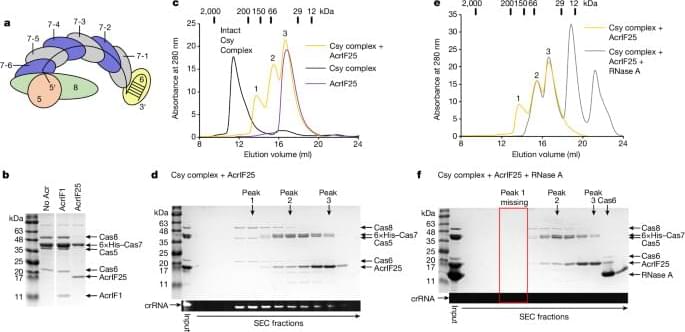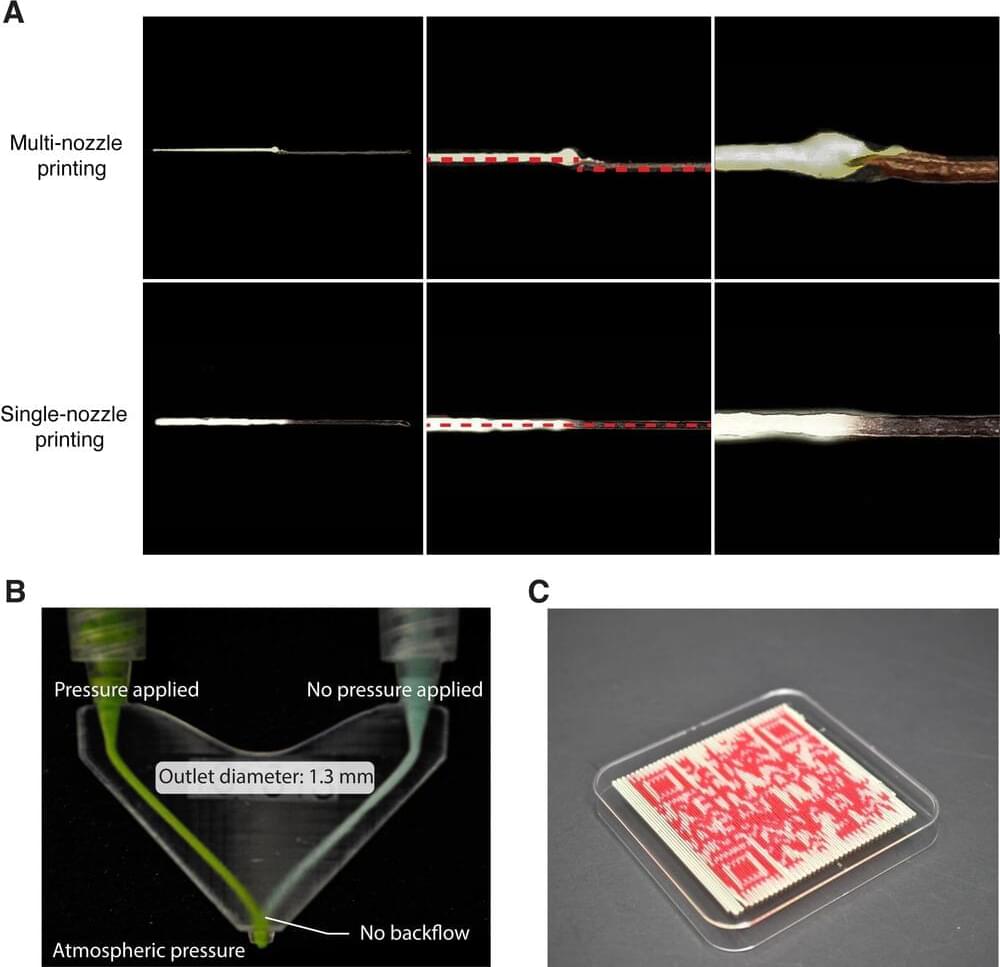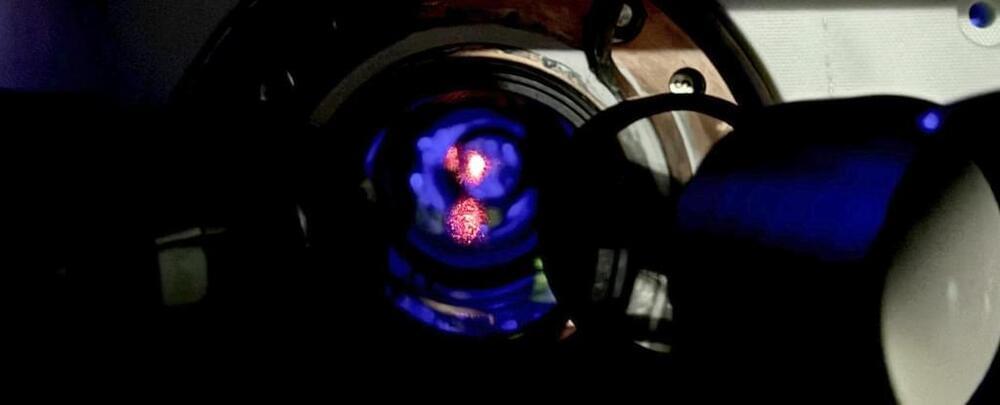Researchers from Aberystwyth University have developed a pet robotic dragon that’s designed to interact and provide care for people.



Renewable generation should be around 50 per cent of supply on Australia’s main grid by July, 2026, although it might be a bit less depending on progress on the second stage of Golden Plains, which will be the country’s biggest wind farm – at least for a time – when complete.
To get to 80 per cent by 2030 will partly depend on what happens to demand. If demand is flat, then capacity capable of supplying around 67 terawatt hours (TWh) a year will be needed. After allowing for rooftop solar, I reckon that equates to about 25 gigawatts of new capacity, maybe a bit more.
That’s a heck of an ask, but in my opinion still possible and broadly in line with the objectives and scale of the Capacity Investment Scheme (CIS). I’ll have more to say on the role of the CIS once I get round to talking about ITK’s price forecasts, but that can wait. We’re talking capacity and output in this not.


Like a scene from the movies, a team of researchers from Singapore University of Technology and Design (SUTD) has developed new ways to freely produce and customize the food that we eat.
Their findings have been published in the journal Future Foods as “Multi-material direct ink writing 3D food printing using multi-channel nozzle.”
Three-dimensional (3D) printing using food ingredients is currently the favored approach to shaping foods with unique structures, textures, and nutritional compositions.
The next-gen aerospace company Electra has achieved a remarkable milestone with its hybrid-electric test aircraft, which took off in under 170 feet on its first test flight — around 10% of the typical length of conventional airplane runways.
In a company news release, Electra said that test flights of its hybrid-electric short takeoff and landing (eSTOL) aircraft, the EL-2 Goldfinch, took place earlier this year at several Virginia airports. Although the vehicle is designed to take off and land on airstrips about the size of a soccer field (300 feet by 100 feet), as New Atlas described, it needed “almost no runway” to take flight.

👉 Researchers at Tencent AI Lab Seattle have developed a way to use synthetic personalities to generate billions of data sets for training AI models.
Researchers at the Tencent AI Lab in Seattle have introduced a new method for generating synthetic data: synthetic personalities.
Ad.
The Tencent AI Lab calls them “personas” and creates substitutes for real people to generate billions of synthetic datasets for developing AI systems.

“I’ve always been fascinated with new things. I like to develop things,” Douglas told Space.com in March about the Artemis program, which later this decade aims to put astronauts on the moon’s surface for the first time since 1972. “I really believe in pushing ourselves, in understanding what is our true potential: both me as an individual, [and] within all of us as a species.”
“This is the perfect place to be, where we’re going to push that boundary,” he said.

Time: It bends and warps, or seems to speed up or slow down, depending on your position or perception. So measuring its passing accurately is one of the most fundamental tasks in physics – which could help land us on Mars or even observe dark matter.
Now, physicists at the US National Institute of Standards and Technology (NIST) and the University of Delaware have developed the most accurate and precise atomic clock yet, using a ‘web’ of light to trap and excite a diffuse cloud of cold strontium atoms.
“This clock is so precise that it can detect tiny effects predicted by theories such as general relativity, even at the microscopic scale,” says Jun Ye, a physicist at the NIST’s Joint Institute for Laboratory Astrophysics (JILA) lab at the University of Colorado. “It’s pushing the boundaries of what’s possible with timekeeping.”

NASA astronauts Mike Barratt, Matt Dominick, Tracy C. Dyson, Jeanette Epps, Butch Wilmore, and Suni Williams share a Fourth of July message and extend their best wishes to those back on Earth in a video recorded on June 28, 2024.
The crew members are currently living and working aboard the International Space Station. Their missions aim to advance scientific knowledge and test new technologies for future human and robotic missions to the Moon and Mars, including NASA’s Artemis lunar missions.
Learn more about the International Space Station: https://www.nasa.gov/international-sp…
Credit: NASA
#Space #SpaceStation #Astronauts